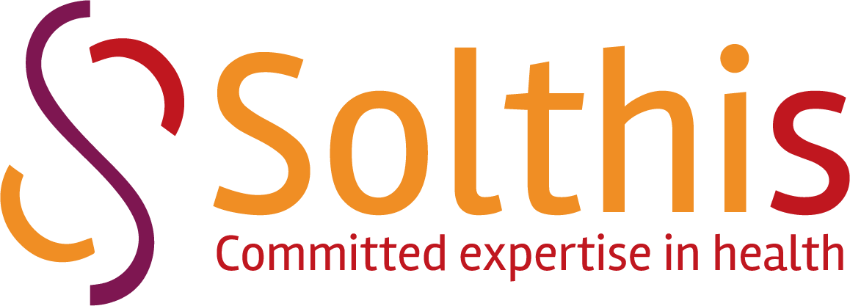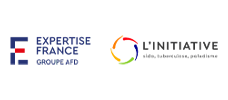September – Décember 2024
Togo
Togo faces numerous public health challenges and ranks among the countries most affected by infectious diseases such as malaria, tuberculosis and HIV/AIDS.
The Global Fund estimates that nearly 45% of the population has no access to quality basic health services. In response to this situation, the Togolese Ministry of Health and Public Hygiene (MSHP) has drawn up a new National Health Development Plan (PNDS) for the period 2023-2027, defining strategic orientations for five key areas.
In addition, the government aims to facilitate increasing access to health services, coupled with the fight against communicable diseases such as HIV-AIDS and tuberculosis, and to strengthen governance in the health sector.
The PNDS thus aims to meet these challenges by implementing strategies to improve access to primary healthcare and reduce the prevalence of infectious diseases, while emphasizing the promotion of maternal and child health. However, the lack of qualified health personnel and financial resources remains a major obstacle to the effective implementation of the PNDS.
Projections of human resources for health (HRH) requirements from 2015 to 2030 drawn up by the MSHP in 2015 show that the public sector staff available as at December 31, 2014 presented a deficit that varied between 25% and 55% depending on the professional category, compared with the required numbers.
Furthermore, inequalities in access to healthcare services between urban and rural areas remain, with a concentration of healthcare staff in the capital, despite relatively good infrastructure provision with population accessibility estimated at 70.9%.
In addition, the low coverage of social security systems and the lack of adequate funding for public health services, with health funding at 6.3%, well below the WHO target of 15%, are hampering the Togolese government’s efforts to improve the health of the population.
As a result, a new HHR Development Plan (PDRH) 2024-2027 has been drawn up, with the aim of continuing the actions undertaken during the previous plan, by tackling the various factors explaining the chronic shortage of HHR in Togo.
The process of decentralizing training aims to provide the maternal health system with competent staff throughout the country, and not just in the capital.
Togo currently trains around 1,200 health professionals a year, through a combination of training courses at its various universities and institutes, although the dynamics of training and recruitment of doctors in Togo still reveal a number of significant problems.
The aim of this mission is to characterize and draw up a detailed map of the HHR situation in Togo, and to identify needs, gaps, challenges and opportunities, both in terms of the strategic priorities of the Ministry of Health and those of the Initiative, in line with the Togolese government’s health roadmap and France’s global health strategy.
General objective
Establish a roadmap for The Initiative’s investments in human resources for health in Togo.
Specific objectives
- OS1 : Identify the support needs of the Ministry of Health and Public Hygiene in terms of the governance and management of human resources in health, in close collaboration with the departments concerned and the national strategic priorities
- OS2 : Identify and describe the needs for strengthening the initial and continuing training of medical, paramedical and administrative staff
- OS3 : In connection with OS1 and 2, formulate recommendations with a view to drawing up a roadmap.
Expected deliverables
- Power Point presentation for the kick-off meeting
- Document review note
- Scoping note including retroplanning and inventory of documents available and to be collected
- Terms of reference for visits to Togo
- Full report including final analysis, at central and decentralized levels, and recommendations
- Final report
Beneficiaries
-
Ministry of Health and Public Hygiene
Results
-
R1.1: Describe HHR governance and management in Togo: private and public players, distribution of roles and responsibilities of players within the current health pyramid, data available in terms of HHR for medical, paramedical and administrative staff, constraints and challenges, gender issues.
-
R1.2: Draw up a list of needs not covered by national and/or international technical and financial partners present in Togo, and potential synergies with other ongoing funding.
-
R2.1: Describe the current system of initial training for medical, paramedical and administrative staff.
-
R2.2: Describe the current system of continuing education for medical, paramedical and administrative staff.
-
R2.3: Draw up a list of needs not covered by national and/or international technical and financial partners present in Togo, and potential synergies with other ongoing funding.
-
R3.1: Taking into account the beneficiaries, priority geographical areas, priority needs/actions and potential implementing actors, and paying attention to gender issues, identify areas of intervention (in line with the previous objectives).
-
R3.2: Identify the main beneficiaries and list the priority structures in the various regions of Togo.
-
R3.3 : Identifier les potentiels partenaires techniques et financiers pouvant être associés.





